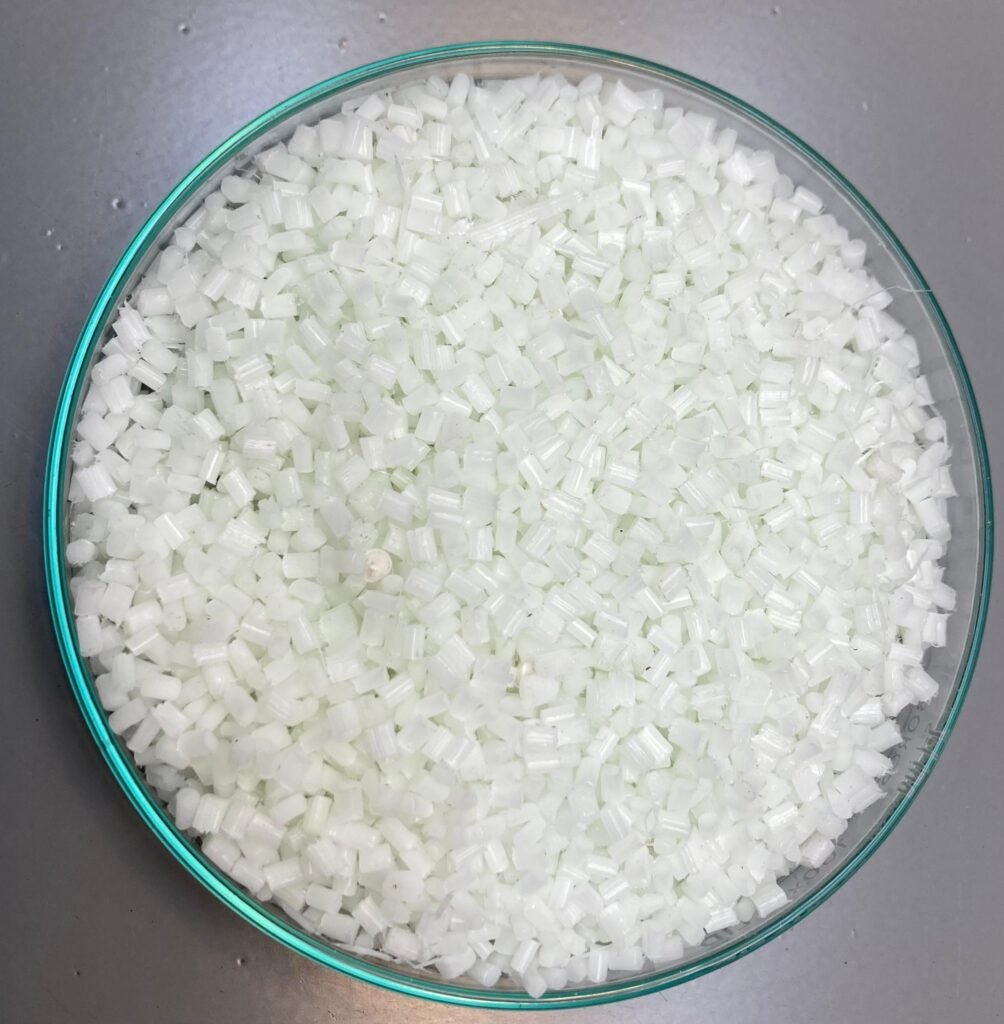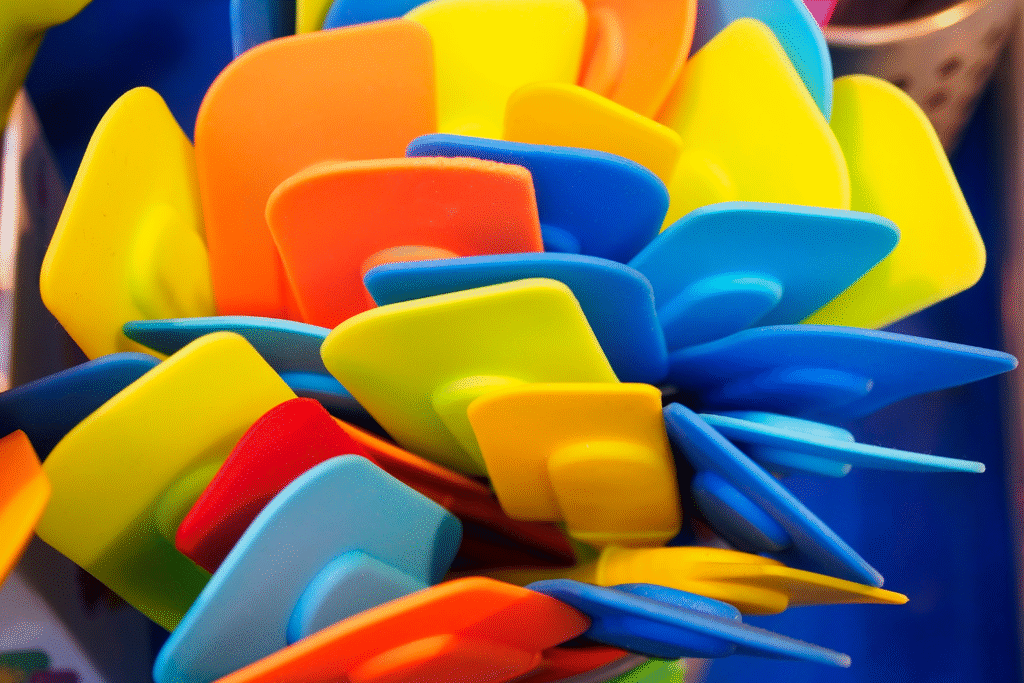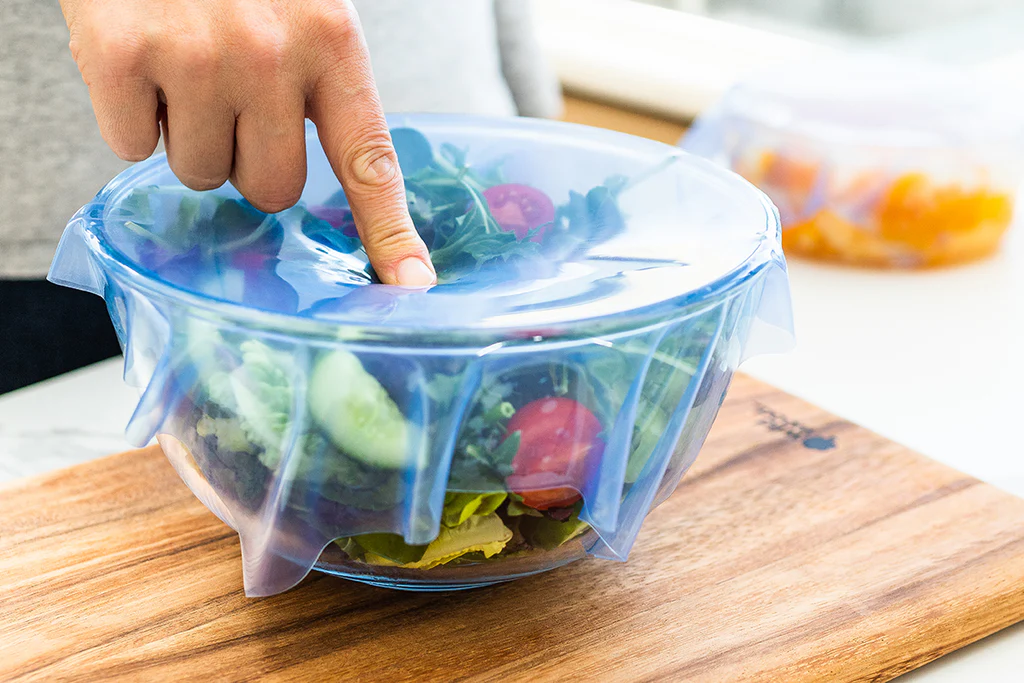1. Introduction: Unveiling the Significance of Silicone Masterbatch in the Current Landscape of the Plastic Industry

Silicone Masterbatch
2. Identifying the Challenges Faced by the Plastic Industry and How Silicone Masterbatch Offers Effective Solutions
2.1 Pain Points: The Critical Hurdles in Plastic Production and Use

2.2 Solutions: Silicone Masterbatch as the Catalyst for Improvement

3. Using Authoritative Industry Data to Highlight the Significant Differences in Performance, Production Efficiency, and Costs
3.1 Performance Metrics: The Quantifiable Impact of Silicone Masterbatch
Independent research reinforces the transformative power of silicone masterbatch. A report by MarketsandMarkets reveals that plastics modified with silicone additives exhibit:
- 40% improved weatherability in polyethylene (PE) outdoor furniture
3.2 Production Efficiency and Cost Savings
The operational benefits of silicone masterbatch are equally compelling. A case study by Dow Chemical shows that a leading packaging company achieved:
- 25% reduction in energy consumption during the extrusion of LDPE films
- 18% decrease in scrap rate due to improved process stability
- $1.2 million annual cost savings across a fleet of 20 production lines
4. Suspenseful Questions: Provoking Curiosity with Intriguing Inquiries
4.1 The Mystery of Extreme Environment Performance
“Why do some plastic components in aerospace applications maintain structural integrity at -200°C, while others crack and fail in household refrigerators?”
The answer lies in the molecular architecture enabled by silicone masterbatch. Silicone polymers possess a unique backbone that remains flexible at low temperatures, a trait absent in most traditional plastics. In aircraft interior panels, silicone-modified polyimides retain 90% of their tensile strength at cryogenic temperatures, a feat unattainable by unmodified materials. This disparity challenges manufacturers to reconsider their formulation strategies—could the difference between mission success and failure rest on the inclusion of silicone masterbatch?
4.2 The Cost Paradox: Why Hesitation Persists
“If silicone masterbatch can deliver 20% cost savings, why do 43% of small-to-medium plastic producers delay its adoption?”
A recent survey by Plastics Technology magazine uncovers misconceptions as the primary barrier. Many enterprises mistakenly believe silicone masterbatch is prohibitively expensive, unaware that its long-term benefits far outweigh upfront costs. For example, a manufacturer of plastic pallets might spend 15% more on silicone-modified HDPE, but recoup this investment within 6 months through reduced breakage and longer reuse cycles. The real question becomes: can businesses afford not to use silicone masterbatch in an era of tight profit margins?
4.3 The Innovation Gap
“How do some companies launch plastic products with self-cleaning surfaces, while others struggle to achieve basic scratch resistance?”
The divide stems from additive technology. Silicone masterbatch can be engineered with superhydrophobic properties, causing water to bead and roll off, carrying dirt with it. In architectural cladding, this innovation reduces maintenance costs by 70%. Yet many manufacturers remain unaware of these advanced formulations, trapped in conventional approaches. The suspense lingers: what competitive edge is your business missing by overlooking silicone masterbatch’s cutting-edge capabilities?
5. Crucial Details: Delving Deep into the Essential Aspects for Informed Decision-Making
5.1 Product Details: Composition and Types
- Polydimethylsiloxane (PDMS): The base silicone polymer, available in various molecular weights to tailor flexibility or rigidity
- Filler Systems: Microscopic silica or talc particles that enhance dispersion and reinforce the plastic matrix
- Coupling Agents: Chemical bridges that improve compatibility between silicone and plastic resins
- High-Dispersibility Grade: Designed for complex geometries, this type ensures uniform distribution in thin-walled parts like medical tubing
- Therally Conductive Grade: Incorporates ceramic fillers to enable heat dissipation in electronic housings, reducing hotspot temperatures by 35°C
- Flame-Retardant Grade: Meets UL94 V-0 standards for electronics, releasing non-toxic gases during combustion unlike halogen-based flame retardants
5.2 Application Details: Diverse Industries and Use Cases
5.2.1 Automotive Sector
- Dashboard Trim: Silicone-modified TPE offers soft-touch haptics while resisting UV-induced fading, outperforming traditional PVC by 200% in accelerated weathering tests
- Under-the-Hood Parts: Silicone-enhanced PA66 withstands continuous temperatures of 150°C in engine covers, replacing metal components and saving 30% in weight

5.2.2 Electronics Industry
- LED Encapsulants: Silicone-modified epoxy resins protect LEDs from yellowing under prolonged heat, maintaining light output over 50,000 hours
- Mobile Phone Cases: TPU with 5% silicone masterbatch exhibits 40% better drop resistance, a critical feature for premium device manufacturers

5.2.3 Packaging Sector
- Flexible Food Pouches: Silicone-treated PE films provide slip properties, allowing pouches to open easily without tearing, while reducing seal failures by 60%
- Recyclable Blends: Silicone masterbatch compatible with mechanical recycling systems helps brands like Unilever achieve their 2025 packaging sustainability targets

5.3 Selection Details: Key Criteria for Supplier and Product Choice
- Dispersion Efficiency: A quality masterbatch should disperse fully at processing temperatures, avoiding visible specks or streaks. Look for suppliers who provide melt flow index (MFI) data across different resins.
- Additive Compatibility: Ensure the masterbatch is compatible with other additives, such as colorants or flame retardants. Incompatibilities can lead to delamination or property degradation.
- Regulatory Compliance: For food contact or medical applications, verify that the masterbatch meets FDA standards.
- Technical Support: Suppliers should offer application-specific guidance, such as processing parameter recommendations for unique resin systems.
6. Conclusion: Summarizing the Indispensable Role and Encouraging Rational Use
About Bajaj Plast Pvt. Ltd.
Bajaj Plast Pvt. Ltd. is a leading manufacturer of high-quality masterbatch solutions, dedicated to innovation, sustainability, and excellence. With a strong focus on customer satisfaction and cutting-edge technology, we are committed to delivering superior products that meet the evolving needs of the polymer industry.



